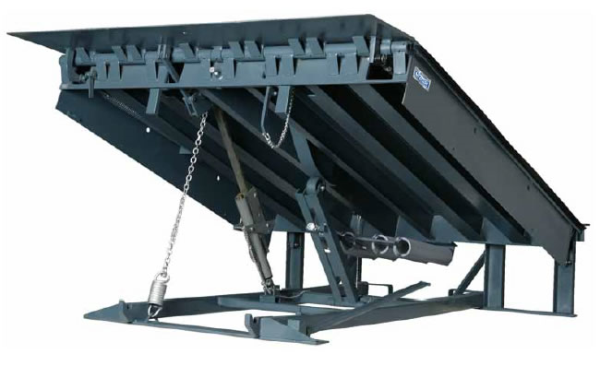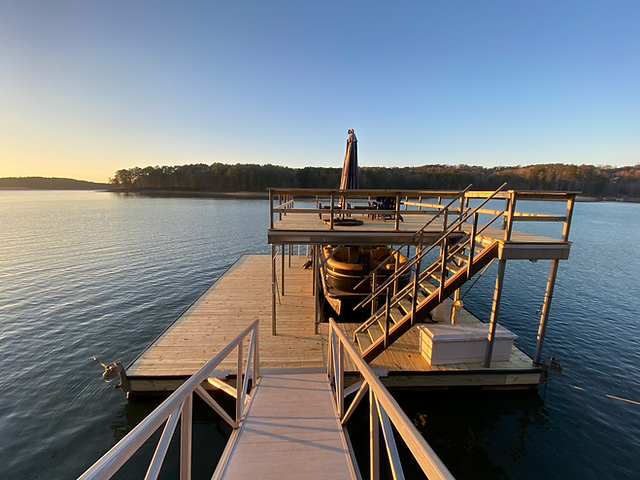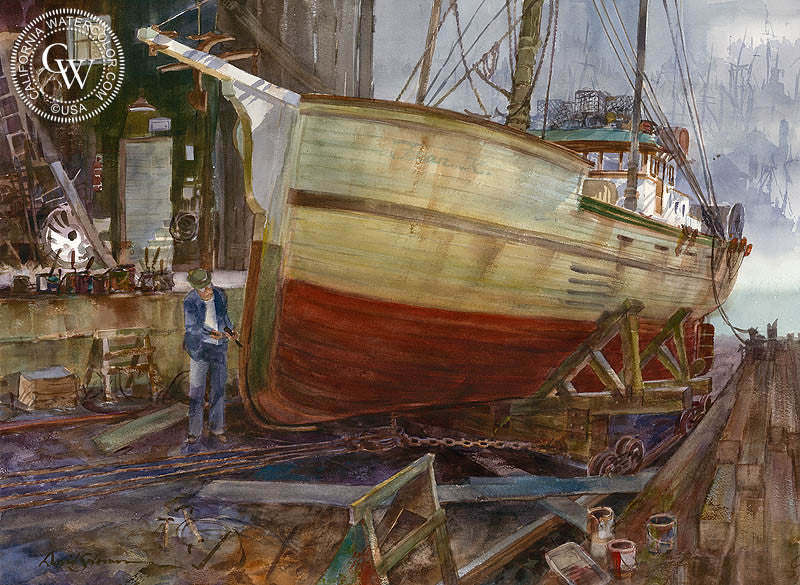Specialist Insights on Durable Dock Repairs Solutions
Specialist Insights on Durable Dock Repairs Solutions
Blog Article
Effective Dock Repair Work Techniques: Making Sure Architectural Stability
Guaranteeing the architectural stability of anchors with effective repair service methods is critical for the longevity and safety of marine centers. This includes a multi-faceted technique beginning with thorough assessments making use of advanced modern technologies like finder tools and remotely ran vehicles (ROVs) to detect both visible and hid problems. Consequently, choosing the right repair products, such as composite products and corrosion-resistant alloys, is essential for durability. Structural reinforcement techniques, consisting of the application of cross-bracing systems and load-distribution plates, play a vital role in mitigating tension factors. Nevertheless, the significance of these strategies ends up being obvious when exploring sophisticated fixing techniques and preventative maintenance approaches.
Analyzing Dock Damage
Examining dock damages is a critical initial step in making sure the architectural honesty and safety of any type of docking facility. This preliminary analysis involves an extensive assessment to recognize both concealed and noticeable damages. Trick facets to take a look at include the dock's foundation, pilings, decking, and equipment. Each part must be scrutinized for indications of wear, rot, rust, or other types of deterioration that can endanger the architectural integrity.
Architectural designers or certified inspectors usually carry out these evaluations using specialized techniques and tools. For example, undersea assessments may utilize finder tools or remotely ran vehicles (ROVs) to spot submerged damages. Above water, visual inspections are matched by using moisture meters and various other diagnostic tools to reveal underlying concerns not promptly noticeable to the naked eye.

Choosing Repair Service Products
Selecting the appropriate fixing materials is a pivotal action in the dock reconstruction procedure, one that directly affects the longevity and efficiency of the fixed framework. Material option need to be driven by elements such as ecological problems, load-bearing requirements, and compatibility with existing dock components.
Along with wood, composite materials are significantly prominent due to their durability and reduced maintenance demands. Composites, commonly made from a blend of plastic and timber fibers, use outstanding resistance to rot, pests, and UV damage. For steel docks, selecting corrosion-resistant alloys such as galvanized steel or marine-grade aluminum is vital to prevent rust and ensure architectural integrity in saline water conditions.
Epoxy resins and marine-grade sealants are crucial for fixing splits and sealing joints, giving a waterproof barrier and boosting the dock's total strength. By carefully choosing top notch products, dock repair work can accomplish resilient outcomes, therefore safeguarding against future deterioration and making sure secure, reliable usage.
Architectural Support Strategies
Effective structural reinforcement techniques are crucial in guaranteeing the security and durability of dock repair services. One basic method involves using steel or composite reinforcement bars (rebar) within concrete structures. Rebar provides additional tensile strength, avoiding cracks and distributing loads much more evenly. This method is particularly effective for docks exposed to hefty lots or rough ecological problems.
Another essential strategy is the application of fiber-reinforced polymers (FRP) These products provide high strength-to-weight proportions and excellent resistance to corrosion, making them ideal for enhancing concrete or wooden anchors. FRP can be used in strips or sheets and adhered with epoxy materials to enhance architectural stability.
Bracing and anchoring systems additionally play a critical function in structural support. Cross-bracing, utilizing metal or wood beams, can counteract side forces, lowering persuading and movement. Anchoring systems, such as helical piers or driven piles, supply a stable structure by transferring tons to deeper, extra steady soil layers.
Finally, the integration of load-distribution plates can aid distribute weight extra uniformly throughout the dock's surface, minimizing localized stress and anxiety factors. These techniques jointly guarantee that anchors remain durable and safe, with the ability of standing up to the rigors of their operational environment.
Advanced Repair Service Methods

An additional innovative technique involves underwater welding, which enables repair work to be carried out without the requirement to dewater the location. This technique is especially helpful for resolving architectural concerns in immersed dock components, making sure marginal disruption to procedures. Improved welding techniques, combined with robotic systems, provide precision and dependability, consequently prolonging the lifespan of the dock.
In addition, cathodic protection systems are implemented to avoid rust in metallic dock structures. By utilizing sacrificial anodes or impressed existing systems, these methods successfully reduce the electrochemical processes that bring about material deterioration.
Last but not least, advanced monitoring technologies, such as architectural health and wellness monitoring (SHM) systems, give real-time information on the condition of dock frameworks. These systems enable aggressive upkeep and timely treatments, ultimately making sure the long-lasting structural stability of the dock.
Maintenance and Avoidance
Maintenance and avoidance are fundamental principles that underpin the longevity and safety and security of dock structures. Normal evaluations are extremely important, enabling very early discovery of deterioration, possible weaknesses, and ecological impacts. A positive approach, including regular checks for deterioration, rot, and structural shifts, mitigates expensive fixings and prolongs the dock's functional life.
Preventative steps need to include applying protective coverings to steel components to defend against corrosion and get more using cured timber to stand up to decay. Furthermore, making certain proper water drainage and ventilation can avoid water build-up, which is an usual reason of structural deterioration. Integrating top quality products and adhering to producer standards during building and construction and repair work stages additionally play important roles in improving durability.

Training workers in dock maintenance ideal techniques makes certain consistent application of preventive measures. Leveraging technical developments, such as drones for assessments and sensors for real-time monitoring, can better improve maintenance efforts. By prioritizing maintenance and prevention, dock proprietors can make sure structural integrity, functional safety and security, and economical management over the dock's life-span.
Final Thought
To conclude, keeping the architectural integrity of aquatic facilities demands detailed dock repair work techniques. Thorough assessments using innovative tools reveal both visible and hid damages, while the choice of appropriate fixing materials boosts sturdiness. Implementing architectural support methods addresses stress and anxiety points efficiently. Advanced repair techniques, coupled with routine maintenance methods, ensure the dock remains operational and risk-free under varied environmental conditions. Taking on these strategies dramatically prolongs the life expectancy my sources and capability of marine infrastructure.
Making sure the architectural honesty of anchors via effective repair work methods is vital for the long life and safety and security of aquatic facilities.Selecting the suitable repair work materials is an essential action in the dock repair procedure, one that straight influences the durability and performance of the repaired structure.Reliable architectural support strategies are critical in ensuring the stability and longevity of dock repairs. By focusing on upkeep and avoidance, dock owners can guarantee structural stability, operational safety, and cost-effective monitoring over the dock's life-span.
In final thought, preserving the structural honesty of aquatic facilities necessitates thorough dock fixing methods.
Report this page